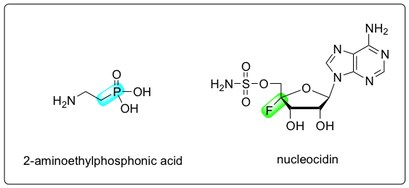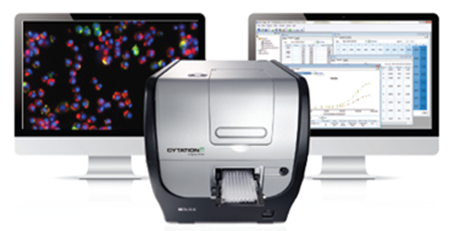Follow the chemistry: Making and breaking odd bonds with enzymes. Microbes are an incredible source of diverse enzyme chemistries. This reflects an unrelenting evolutionary pressure to develop catabolic and biosynthetic pathways that allow microbes to survive, and even thrive, in diverse environments. Such pathways allow microbes to extract nutrients from a wide array of substrates, as well as defend themselves from other organisms through 'chemical warfare'. With recent advances in whole genome sequencing and bioinformatics, the microbial world has become a happy hunting ground for the enzymologist who is interested in finding unusual enzymes. This seminar will focus on two programs that are driven by genomics driven discovery of new enzyme reactions. The first involves the enzymatic cleavage of the C-P bonds found in phosphonates, while the second involves the enzymatic synthesis of C-F bonds. Recent advances in these two programs will be presented. 11:30-12:30 BioSci Rm. 3110
|
Archives
February 2021
|





